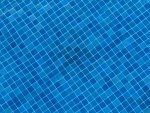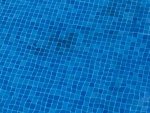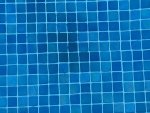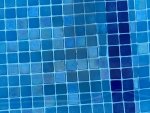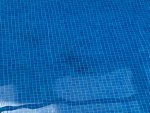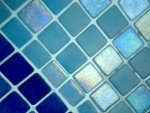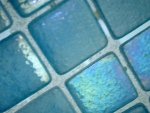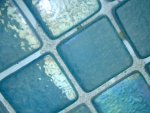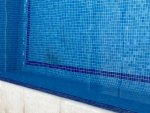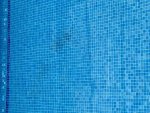Hi
About a week ago I notice some black stains in the grout between my tiles. They were really small, maybe 5mm diameter.
Given that I’ve been keeping my FC up and CC is never above 0.4 I assumed this was black algae and so for the last 3 days I’ve been following the method for black algae in pool school.
just to be sure I did a slam on the first day and it passed the overnight test that night.
Anyways, I’ve been keeping the FC up and scrubbing with a wire brush 3 times daily and now the issue seems to be spreading. See photos.
it seems like my brushing is just spreading the problem to a wider area?
Does anyone have any thoughts as to whether this is black algae or another issue?
Should I just continue with the brushing and see if it kills it off?
should I try rubbing with a puck?
any help gratefully Received
Thanks
Ian
About a week ago I notice some black stains in the grout between my tiles. They were really small, maybe 5mm diameter.
Given that I’ve been keeping my FC up and CC is never above 0.4 I assumed this was black algae and so for the last 3 days I’ve been following the method for black algae in pool school.
just to be sure I did a slam on the first day and it passed the overnight test that night.
Anyways, I’ve been keeping the FC up and scrubbing with a wire brush 3 times daily and now the issue seems to be spreading. See photos.
it seems like my brushing is just spreading the problem to a wider area?
Does anyone have any thoughts as to whether this is black algae or another issue?
Should I just continue with the brushing and see if it kills it off?
should I try rubbing with a puck?
any help gratefully Received
Thanks
Ian


